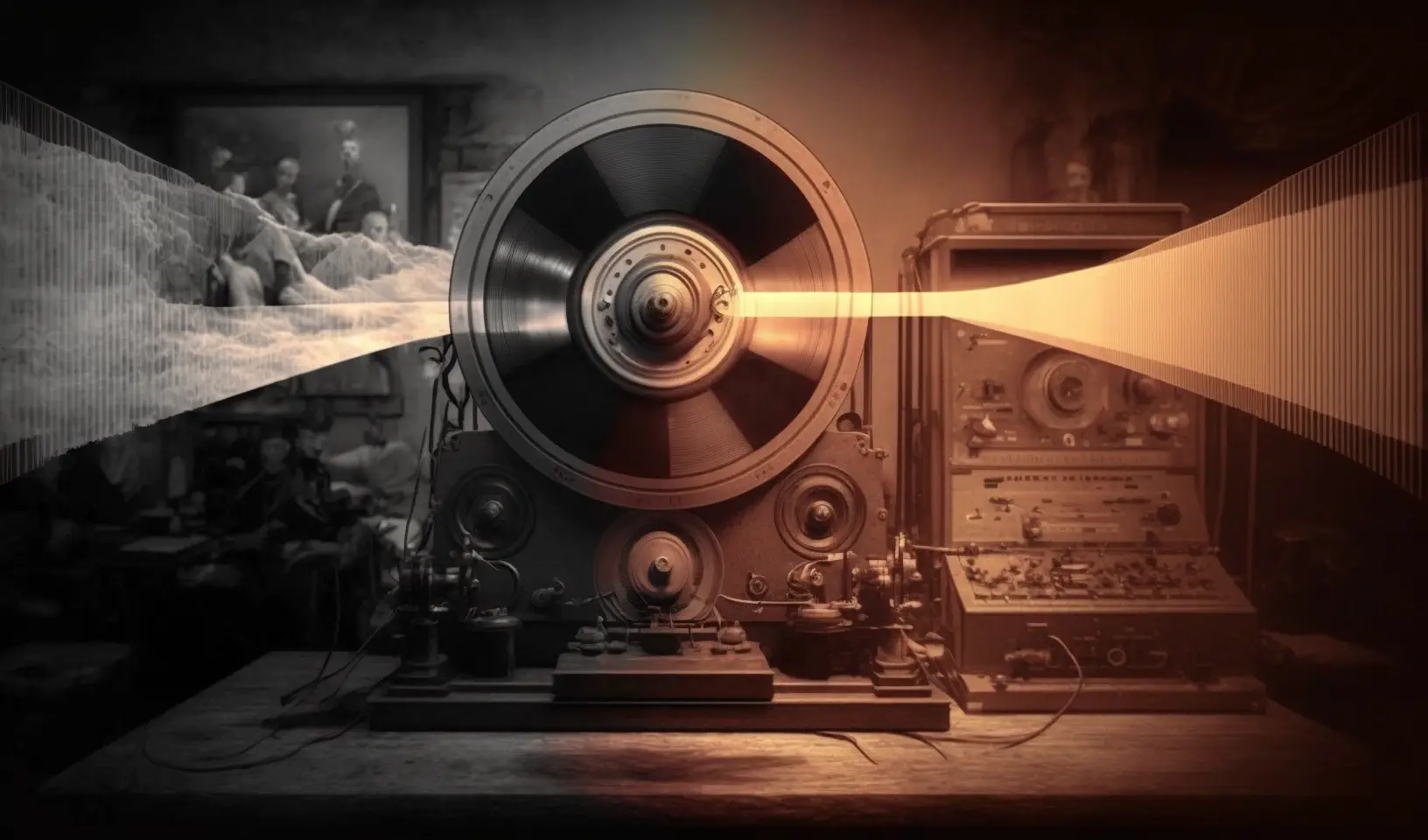The earliest recording technologies were based on analog principles. Analog sound waves are continuous, and they are recorded by physically etching them onto a medium such as a wax cylinder or tape reel. When the recorded sound is played back, the needle or tape head traces the grooves or magnetic patterns, and the sound is reproduced.
Analog recording was a major advance in its day, but it had its limitations. Analog recordings were susceptible to noise and distortion, and they could not be duplicated perfectly.
In the 1970s, digital recording technology began to emerge. Digital sound waves are represented by a series of numbers, and they are recorded by converting them into binary code. When the recorded sound is played back, the computer converts the binary code back into sound waves.
Digital recording offered a number of advantages over analog recording. Digital recordings are not susceptible to noise and distortion, and they can be duplicated perfectly. Digital recordings also offer a wider range of sound quality than analog recordings.
The Benefits of Digital Recording
Digital recording has a number of benefits over analog recording. Digital recordings are:
- More accurate: Digital recordings are not susceptible to noise and distortion, and they can be duplicated perfectly.
- More versatile: Digital recordings can be stored on a variety of media, including CDs, DVDs, and MP3 players.
- More portable: Digital recordings can be easily transferred from one device to another.
- More affordable: Digital recording technology is now more affordable than ever before.
The Future of Recording Technology
The future of recording technology is likely to be digital. Digital recording offers a number of advantages over analog recording, and it is likely to continue to evolve in the years to come. Some of the latest developments in digital recording include:
- High-resolution audio: High-resolution audio recordings offer a wider range of sound quality than standard CD recordings.
- Surround sound: Surround sound recordings offer a more immersive listening experience.
- Digital distribution: Digital recordings can now be easily distributed over the internet.
Digital recording has revolutionized the way we listen to music, and it is likely to continue to shape the way we consume media for many years to come.

